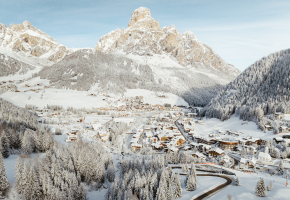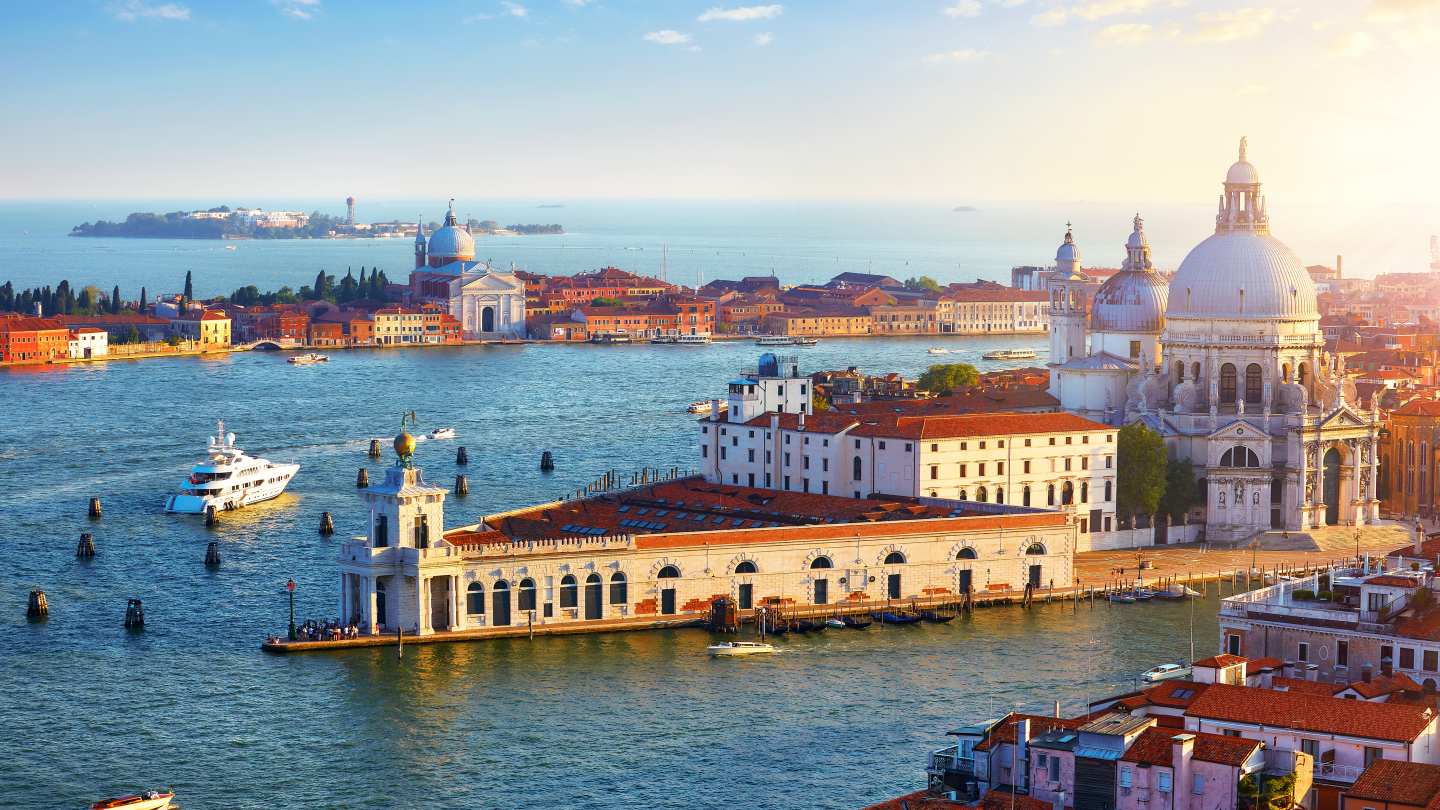
Undertourism
Exploring Venice's hidden delights with sustainable travel tips

Venice and its lagoon are an unparalleled treasure of the Italian landscape. The city, an ancient maritime hub and cultural crossroads, is renowned for its unique beauty and over a thousand year history. The famous canals, elegant gondolas and sumptuous palaces create an atmosphere beyond compare. The lagoon itself is a precious ecosystem that has withstood the test of time, hosting unique flora and fauna.
Venice also boasts a rich and diverse culinary tradition. From fresh seafood dishes directly sourced from the lagoon waters to local specialties like squid ink risotto or cicchetti (small Venetian appetizers).
Overtourism: Impacts and Challenges
However, in recent years, the exponential influx of tourists has led to overcrowding, stressed natural resources and negatively impacted the environment. Like other Italian cities, Venice has suffered from congestion and price hikes, putting a strain on its beauty and authenticity.
The Flood of 1966 initiated a demographic decline, making Mestre (on the mainland) more populous over the century. Venice's unquestionable tourist attraction has led to overtourism, making it difficult to quantify the millions of annual visitors, including numerous day-trippers and cruise passengers. Striking a balance between tourism, the local community and the environment has become crucial. On crowded days, some areas become nearly inaccessible, affecting transportation and food costs.
For a sustainable Venice, rethinking tourism is essential. Longer stays facilitate better integration and reduce the impact of tourist influx, mitigating the 'hit-and-run' effect.
There are ways to enjoy Venice and its lagoon more sustainably while avoiding hordes of tourists. One of the main suggestions is to explore the city outside peak hours when streets and monuments are less crowded. Additionally, embracing lesser-visited areas like the lagoon islands (such as Burano or Torcello) can offer an authentic perspective of Venetian life without the chaos of tourists.
To help preserve Venice's beauty, it's crucial to support local activities, dine at Venetian family-run restaurants, and purchase local artisanal products.
Exploring the lagoon through eco-friendly tours or biking excursions can be a sustainable way to fully appreciate the beauty of this region without compromising environmental integrity.
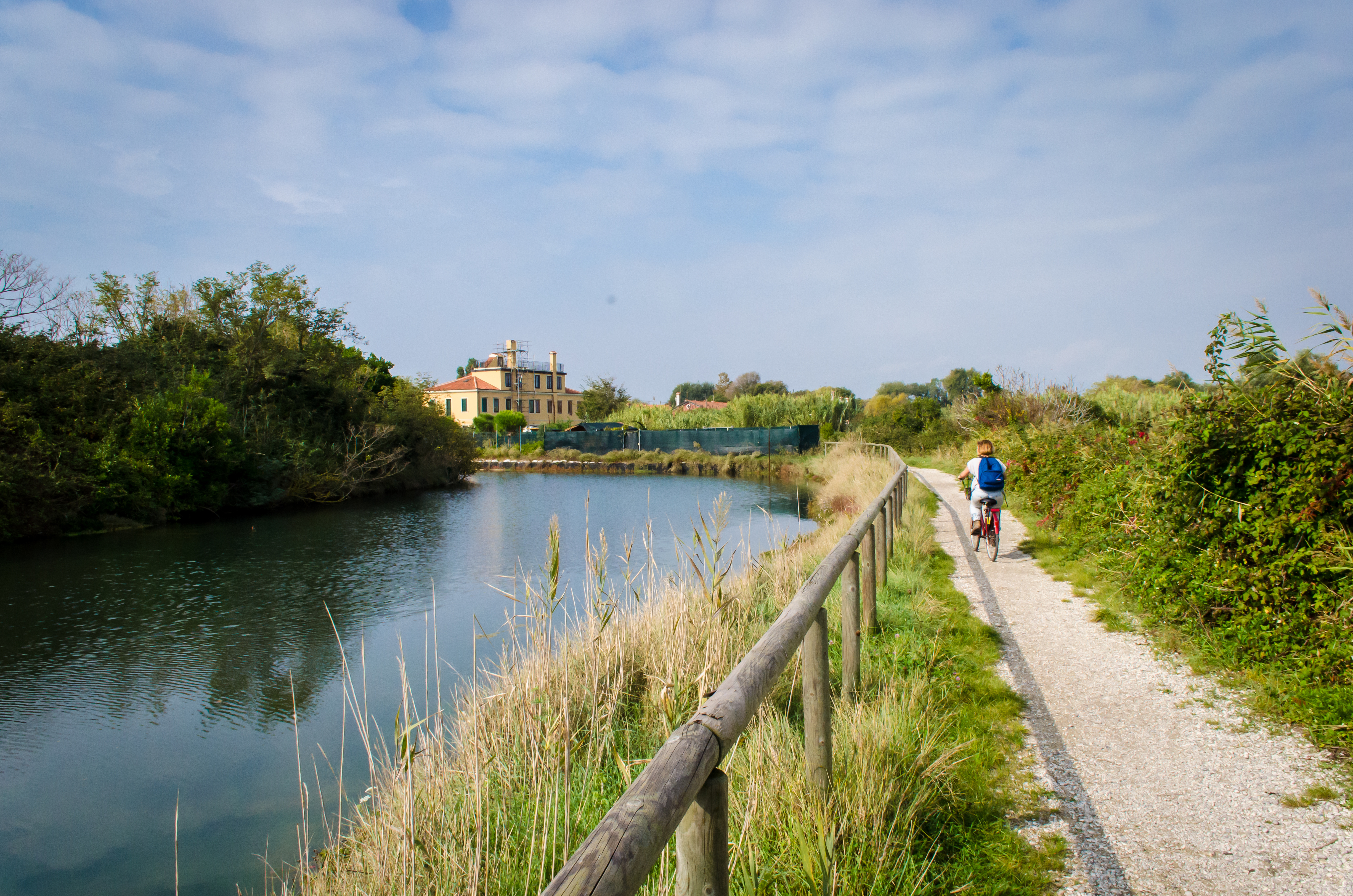
Practical Tips to Counter Overtourism
Here are some practical tips to counter overtourism:
- Using earphones when in a group helps reduce noise and prevents crowding along streets, making spaces less congested and more accessible for everyone.
- Carrying a reusable water bottle can significantly reduce plastic use: multiple spots in the city have fountains with high-quality water to refill them!
- Avoiding blocking bridges for selfies allows smooth passage for people and carts operating in the area, ensuring smoother circulation and a more pleasant experience for all visitors.
- Longer stays foster deeper integration with the city, offering the chance to explore Venice beyond the main attractions and helping mitigate the impact of tourist influx.
- Exploring less crowded places like Pellestrina by bike offers a sustainable way to enjoy the region's beauty without harming the environment while also enjoying a more authentic connection with local culture.
- Visiting main sites during evening hours, such as St. Mark's Basilica or the Doge's Palace, helps avoid daytime crowds, ensuring a more enjoyable and less chaotic visit.
- Taking advantage of historic boats to explore Venice offers a less crowded and authentic experience compared to traditional transport methods.
- Being mindful of personal water use is a respectful way to preserve a city like Venice, where water management is integral to daily life.
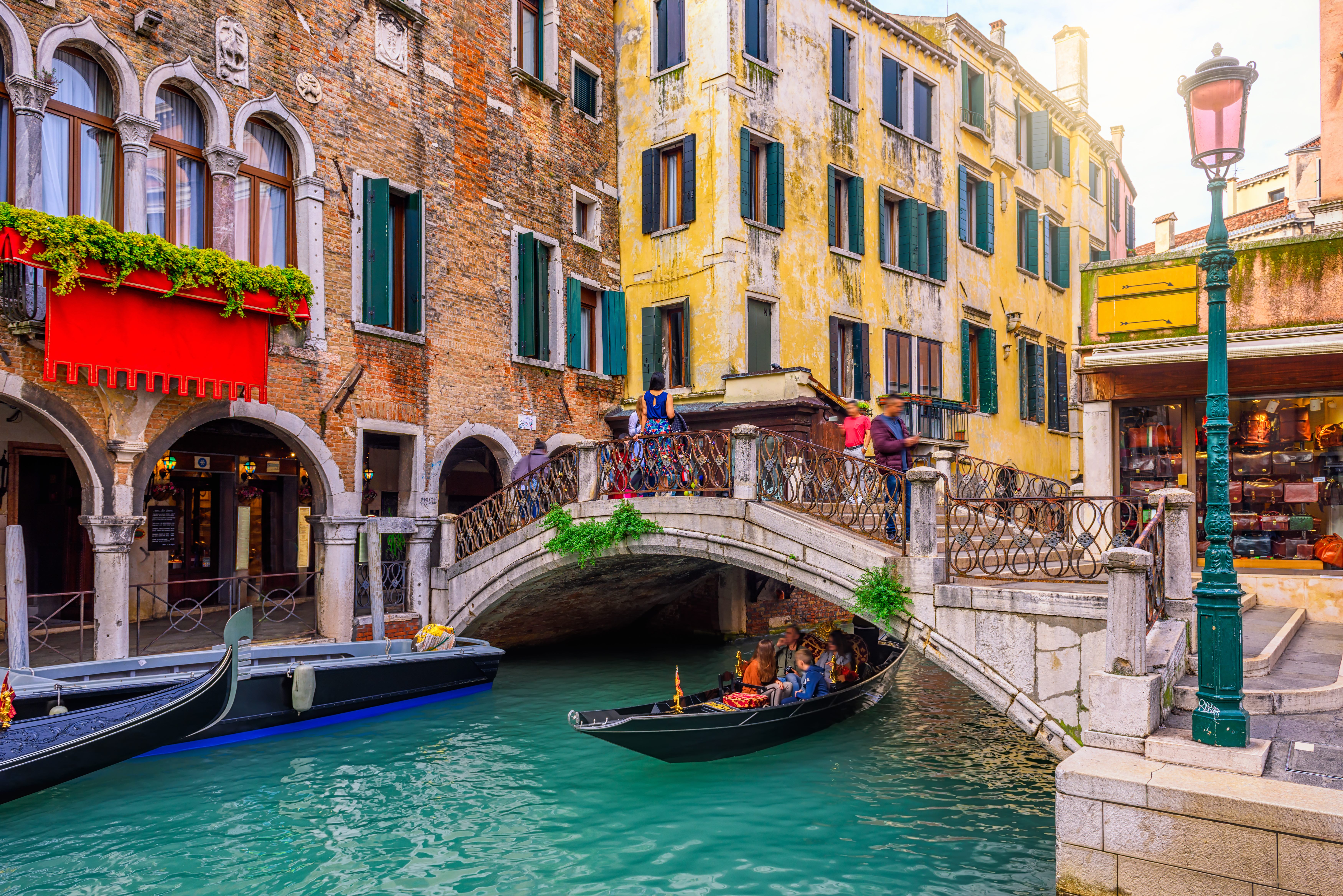
Unveiling Hidden Treasures
Beyond the main tourist destinations, there are lesser-known attractions that house invaluable treasures. Here are some not to be missed:
- Chiesa dei Frari: located in the enchanting Campo dei Frari in the San Polo district, it is Venice's largest church, rich in history and artworks.
- Palazzo Ca’ Rezzonico: overlooking the Grand Canal, this well-preserved palace houses a rich collection of furniture, paintings, and sculptures from the 18th-century Venetian era.
- Gallerie dell’Accademia: centrally positioned, near San Marco, offering an extraordinary collection of Venetian art.
- Palazzo Fortuni and Fabbrica Fortuni in Giudecca: offering a comprehensive journey through iconic and highly prized printed fabric.
- Madonna dell’Orto: this church preserves some of Tintoretto's most important paintings, created specifically for this location. A not-to-miss combo is with the Garden of the NH Hotel dei Dogi.
- Sestriere Castello: Castello is home to many traditional Venetian neighborhoods, where locals live and work, providing a glimpse into daily life in the city. Even better, because it’s not so well known, it’s a place where you can enjoy a quieter side of Venice
Exploring these lesser-known places can provide an authentic experience and a more intimate perspective on Venice's magnificence, adding value to your journey and helping counteract the effects of overtourism.
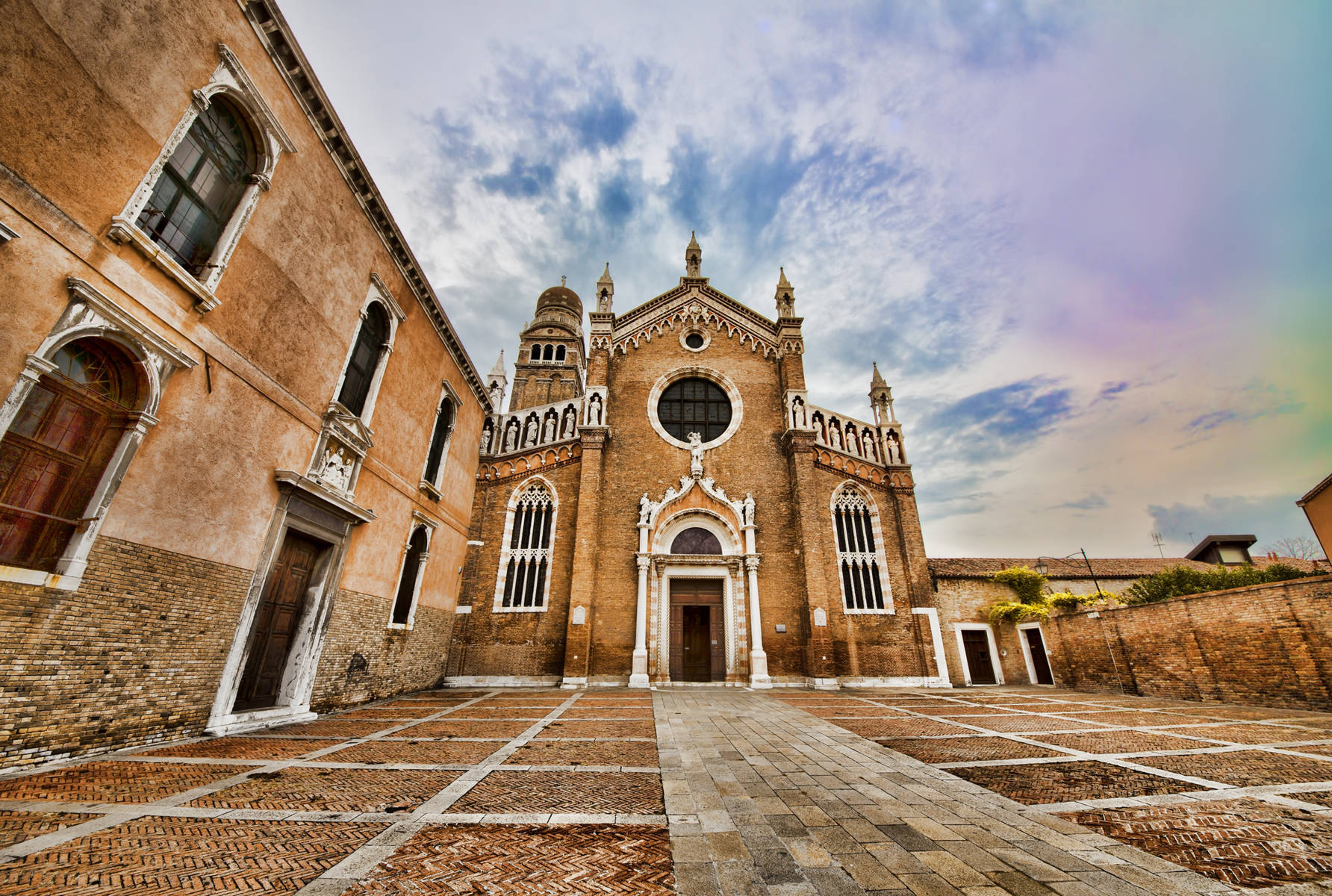
Related articles
10154
Torino (TO)
